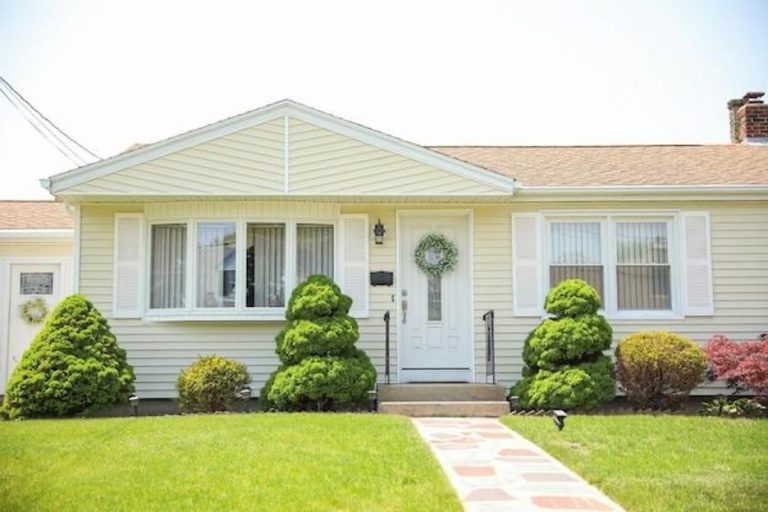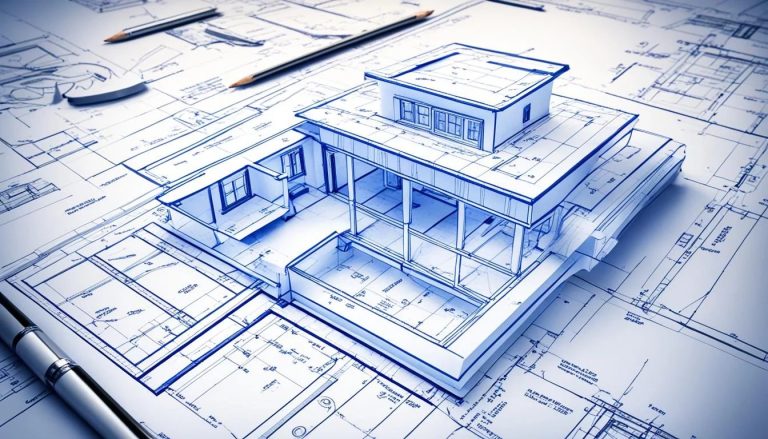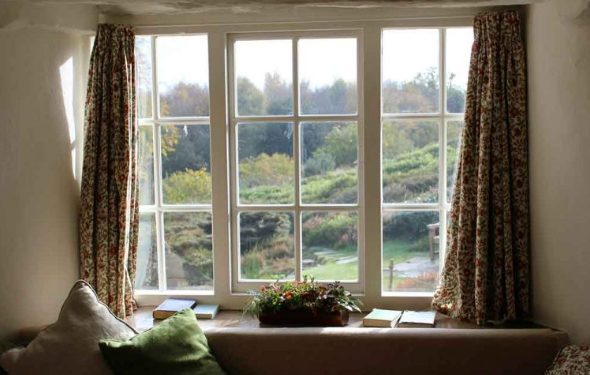The Essential Guide to Residential Window Replacement
Residential window replacement is a crucial aspect of home maintenance and improvement, impacting everything from energy efficiency to aesthetic appeal. Whether you’re dealing with aging windows that are no longer functional or simply looking to upgrade for better performance, understanding the nuances of window replacement can help you make informed decisions. If you want to know more about residential window replacement visit here.
Why Replace Your Windows?
Windows play a significant role in a home’s overall functionality and appearance. Over time, they can become drafty, inefficient, or aesthetically outdated. Here are some key reasons homeowners consider window replacement:
- Energy Efficiency: Old or inefficient windows can be a major source of heat loss in the winter and heat gain in the summer, leading to higher energy bills. Modern windows with advanced glazing technologies, such as Low-E coatings and argon gas fills, offer improved insulation and can significantly reduce heating and cooling costs.
- Improved Comfort: Drafty windows can lead to uncomfortable indoor temperatures and contribute to uneven heating and cooling. Replacing them with new, well-sealed windows can enhance indoor comfort by eliminating drafts and creating a more consistent temperature.
- Enhanced Aesthetics: Windows are a prominent feature of a home’s exterior and interior. Upgrading to newer styles or designs can enhance curb appeal and complement your home’s architectural style. This can be particularly beneficial if you’re planning to sell, as new windows can increase property value.
- Increased Security: Modern windows come with advanced locking mechanisms and stronger glass options, improving home security. If your current windows are outdated or easy to bypass, replacing them can provide better protection against intrusions.
- Maintenance: Older windows often require more upkeep. For example, wooden frames may need regular painting or sealing. Newer materials like vinyl or fiberglass require less maintenance, saving you time and effort in the long run.
Types of Replacement Windows
When it comes to window replacement, homeowners have several options. The most common types include:
- Double-Hung Windows: Featuring two sashes that slide up and down, double-hung windows are popular for their classic look and ease of cleaning. They offer good ventilation and can be ideal for traditional-style homes.
- Casement Windows: Hinged at one side, casement windows open outward like a door. They provide excellent ventilation and a tight seal when closed, making them energy efficient. Casement windows are often used in modern designs and can be a good choice for hard-to-reach areas.
- Sliding Windows: These windows slide horizontally to open and close. They are easy to operate and can be a good option for wide openings or rooms where you want to maximize the view.
- Bay and Bow Windows: These windows extend outward from the house, creating additional space and a panoramic view. Bay windows typically have three sections, while bow windows have more, creating a rounded appearance. Both options add character and can make a room feel larger.
- Picture Windows: Fixed and non-operational, picture windows are designed to provide unobstructed views and allow maximum natural light into the home. They are often used in combination with other window types for a stylish look.
The Replacement Process
Replacing windows involves several steps, and understanding these can help you manage the process effectively:
- Assessment: A professional contractor will assess your current windows and determine whether a full replacement or just a retrofit (inserting new windows into existing frames) is needed. This step also includes selecting the right window type and materials based on your needs and preferences.
- Measurement and Ordering: Accurate measurements are critical for ensuring that your new windows fit properly. The contractor will take precise measurements and order windows that match these specifications.
- Removal of Old Windows: The old windows are carefully removed, which may involve removing interior and exterior trim and, in some cases, repairing or reinforcing the window frame.
- Installation: The new windows are installed according to manufacturer specifications. This process includes fitting the windows, sealing them to prevent drafts and leaks, and reinstalling any trim or finishing work.
- Inspection and Final Touches: After installation, the windows are inspected to ensure they operate correctly and meet quality standards. Final touches include cleaning the windows and ensuring that any debris from the installation process is cleared away.
Choosing the Right Professional
Selecting a reputable contractor is crucial for a successful window replacement project. Look for licensed and insured professionals with good reviews and a solid track record. Obtain multiple quotes and compare the scope of work and warranties offered.
Conclusion
Residential window replacement is an investment in your home’s comfort, efficiency, and value. By understanding the reasons for replacement, types of windows available, and the installation process, you can make informed choices that enhance your living environment. Whether you’re upgrading for energy savings, aesthetic appeal, or improved security, new windows can provide long-lasting benefits for your home.







